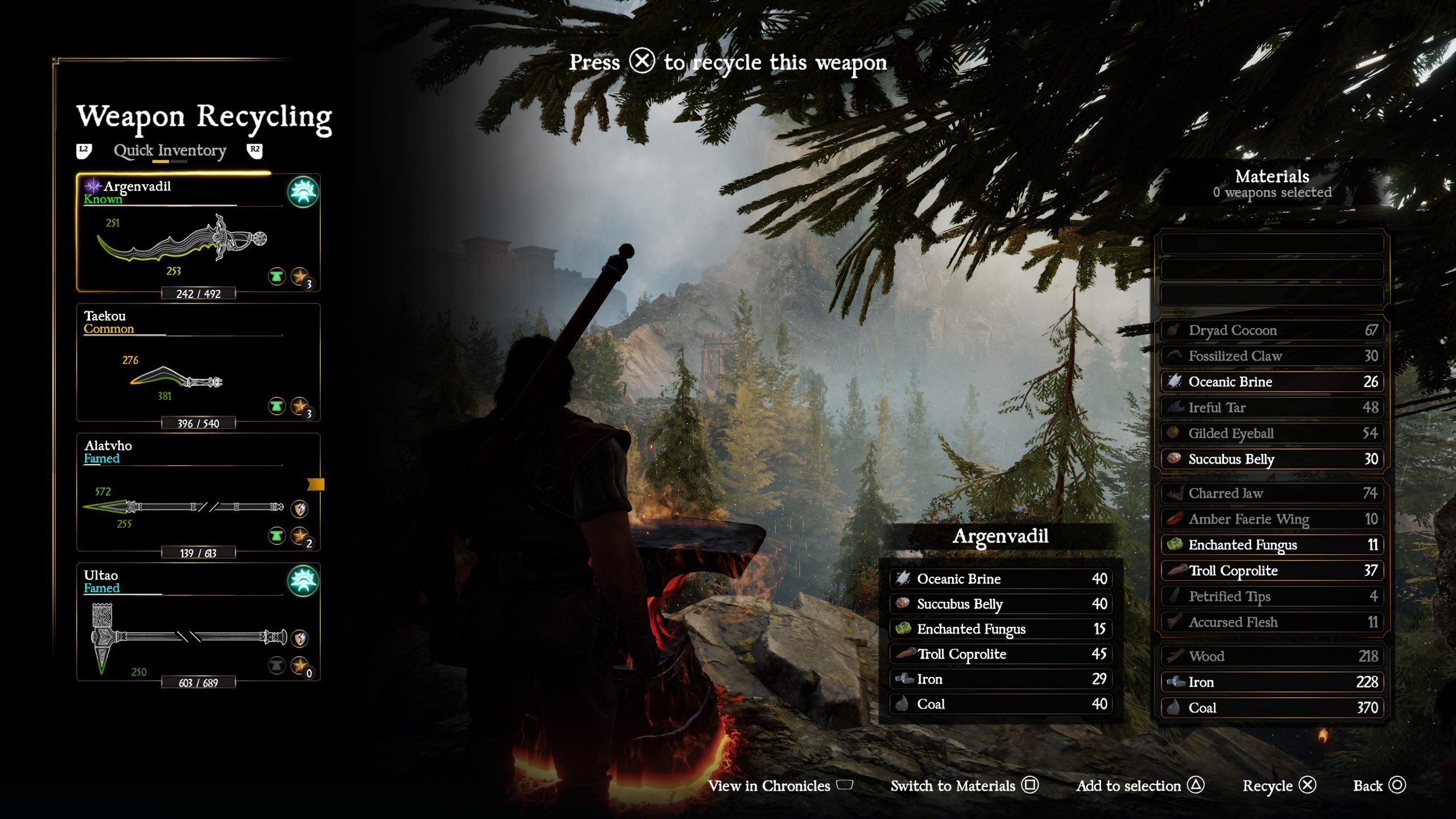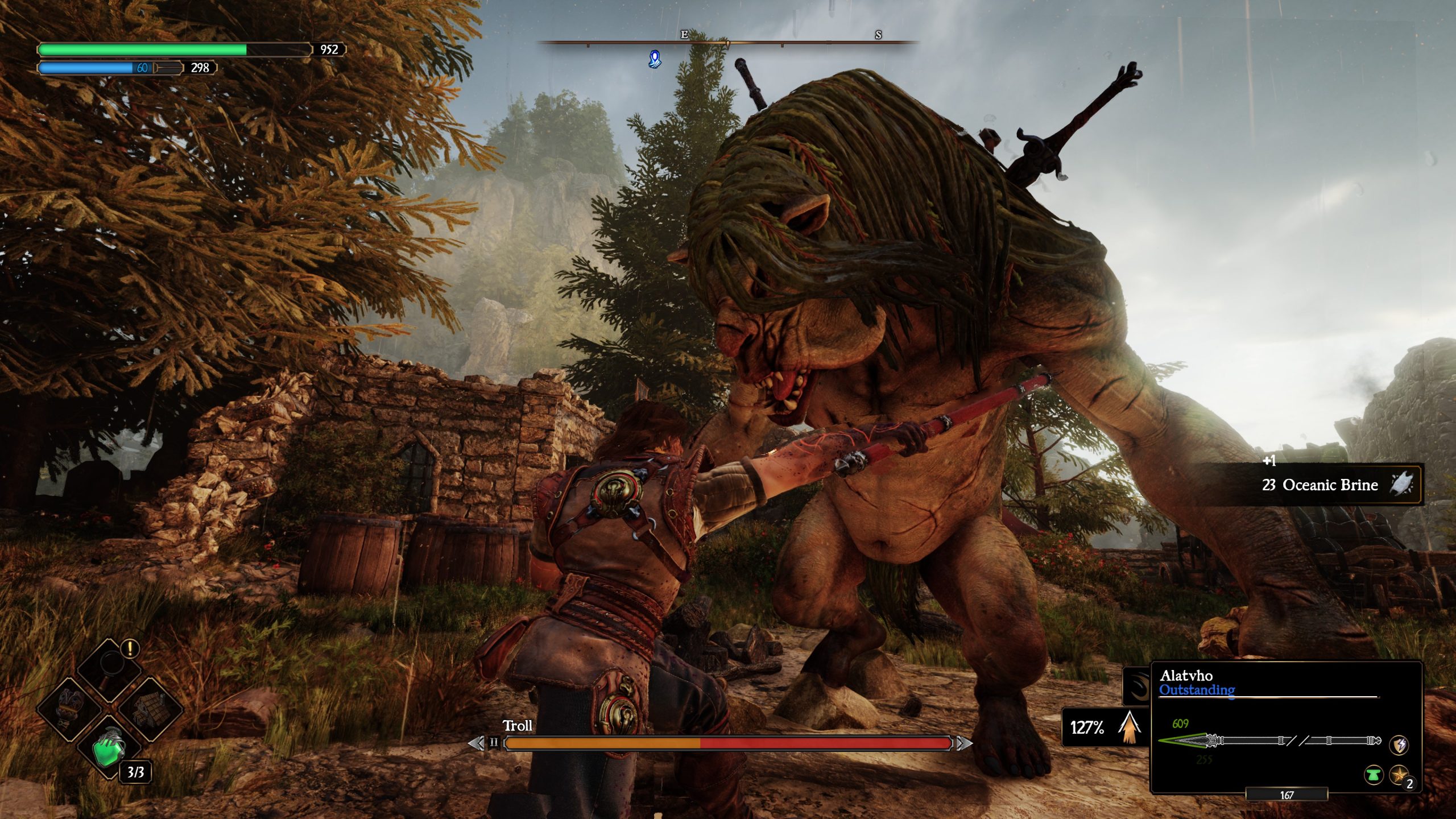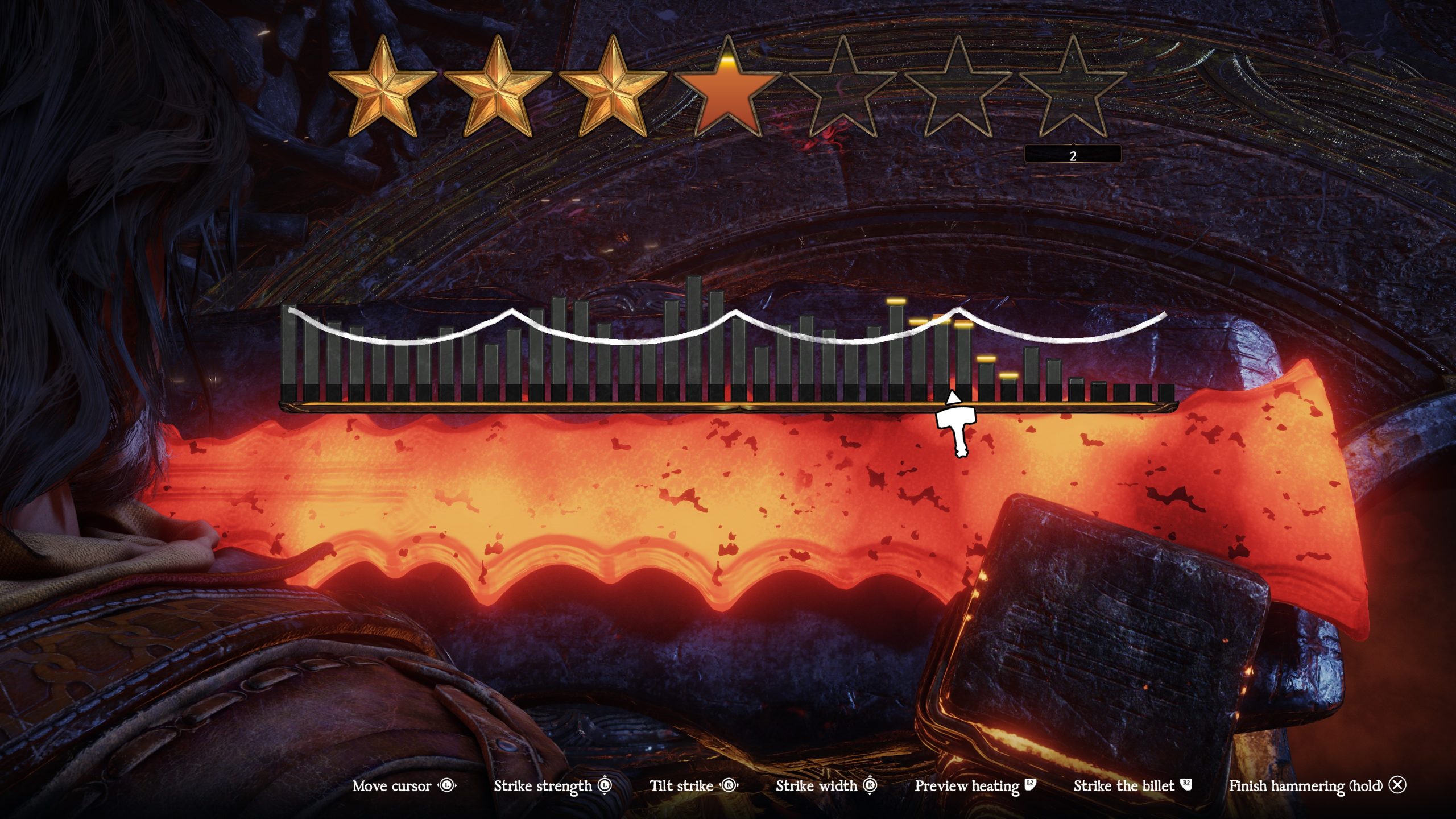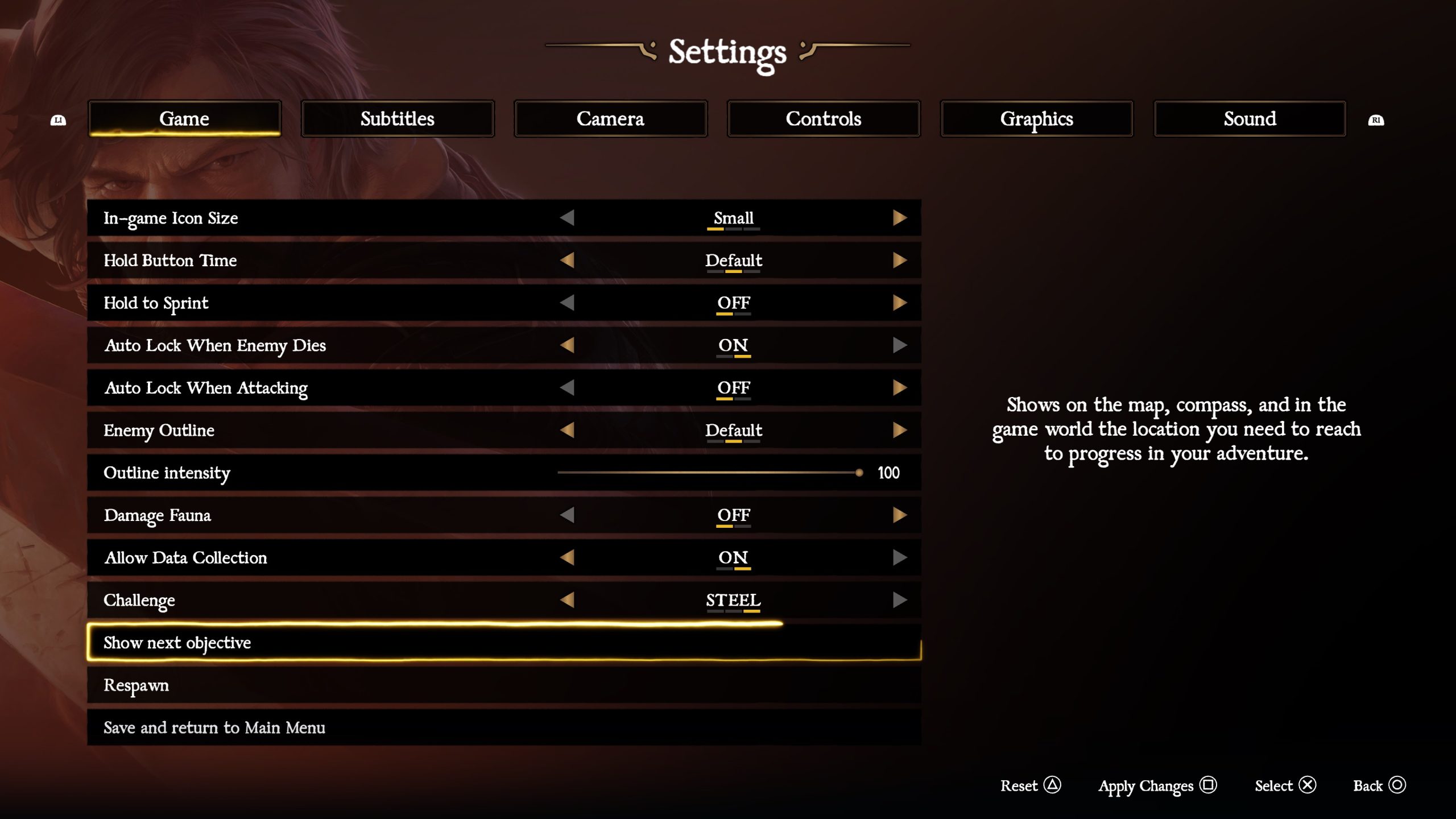Blades of Fire may share similarities with action-adventure games like the God of War series and challenging titles from the Soulsborne genre, but approaching it the same way can lead to frustration. Understanding the game’s unique mechanics, developed by MercurySteam, will significantly enhance your experience. Even in the early stages of your quest to take down the Queen, there are strategies you can employ to make the game more enjoyable from the get-go.
At the beginning of your adventure, your weapon selection will be limited, and you might find yourself favoring a single weapon. However, it’s crucial to familiarize yourself with the game’s weapon mechanics early on. Relying on a single weapon can backfire when you encounter enemies resistant to its type of damage. Having weapons that deal blunt, slashing, and piercing damage is essential. While penetration values may not seem critical at first, maintaining high penetration ensures your weapons remain effective without frequent sharpening, which reduces durability.
Weapon Management 101

At the start, your weapon options will be limited, and you might stick with one that performs well. However, it’s important to experiment with the game’s weapon systems early. Different enemies may resist certain types of damage, so having a variety of weapons—blunt, slashing, and piercing—is key. While penetration values might not seem vital initially, keeping them high ensures your weapons stay effective without frequent sharpening, which can wear down your weapons faster.
Maximizing Broken Weapon Value

Despite careful weapon management, you’ll eventually break a weapon in Blades of Fire. Early on, recycling broken weapons is your only way to recover materials. But after meeting Glinda, you unlock the Reputation system, which makes weapons more valuable the more enemies they defeat. High-reputation weapons can be traded to Glinda for large quantities of specific materials, which is especially useful for crafting rare Steel later in the game. If you need large amounts of a particular material, offering a broken weapon to Glinda is a great option. Otherwise, recycling is still viable for obtaining multiple materials at once.
Use Heavy Attacks to Your Advantage

In addition to light attacks, Aran can unleash powerful heavy attacks by holding any attack button. These attacks are slower but much stronger, capable of dismembering enemies if their HP drops to zero. This is particularly useful against bosses with multiple health bars, as it can temporarily disable some of their abilities. Using heavy attacks to finish off enemies increases their Reputation, which helps earn large amounts of materials. However, heavy attacks significantly reduce weapon durability, so balance their use to avoid running out of usable weapons.
Master Weapon Forging

Weapon forging is a critical aspect of Blades of Fire, and mastering it can greatly improve your gameplay. While selecting Steel or Wood is straightforward, the forging process is more nuanced. Aim to create high-quality weapons that can withstand frequent repairs, as materials are scarce and time-consuming to gather. Investing in quality ensures your weapons last longer, reducing the need to craft new ones frequently.
Adjust Difficulty for Better Navigation

Blades of Fire’s level design can be complex, with multiple paths and shortcuts, making it easy to get lost. While the waypoint system for story objectives is only available at Iron or Bronze difficulties, you can temporarily lower the difficulty to access it, set your waypoints, and then raise it back to Steel. This tradeoff can make early exploration less frustrating, even if it means missing out on a specific achievement.

